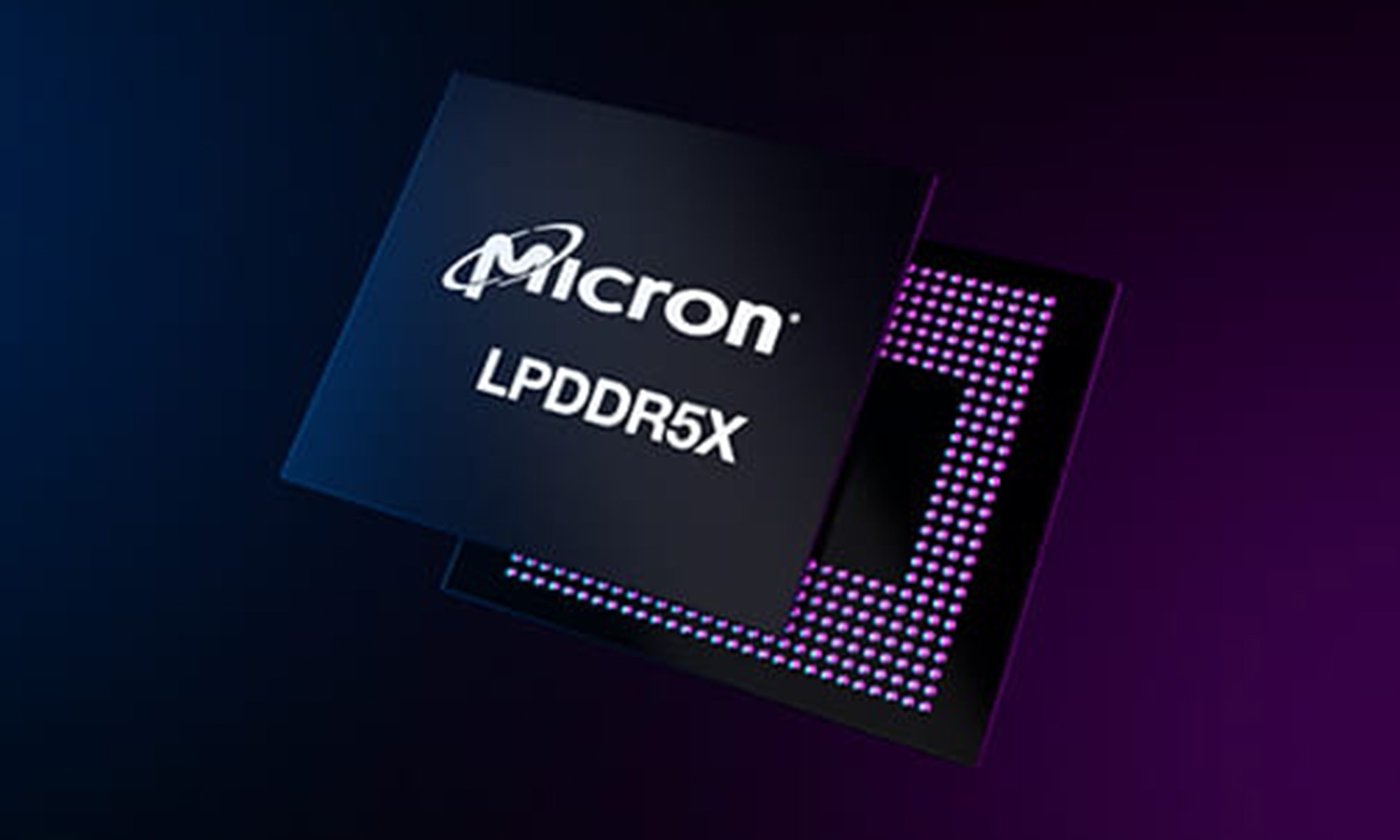Micron Technology (MU 1.41%) and Taiwan Semiconductor Manufacturing (TSM 1.28%) are both considered bellwethers of the semiconductor sector. Micron is one of the world's largest manufacturers of DRAM and NAND memory chips, while TSMC is the world's largest and most advanced contract chipmaker.
Both stocks closed at their all-time highs on Jan. 14, 2022. At the time, the bulls believed the global demand for fresh chips would continue to outstrip the available supply as new 5G devices arrived, consumers bought more PCs, automakers developed more advanced vehicles, and data centers upgraded their hardware to process more cloud-based and AI tasks.
Image source: Getty Images.
But that didn't happen. Instead, a cyclical decline started as PC sales tumbled in a post-pandemic market, the 5G upgrade cycle stalled out, and rising rates and other macro headwinds forced data center operators to cut costs. The chip shortage quickly turned into a chip glut, and many chipmakers hastily curbed their production to cope with that slowdown.
That's why Micron and TSMC (as the company is often called) now trade 38% and 30% below their all-time highs, respectively. Should you buy either of these out-of-favor chip stocks as a turnaround play for 2023 and beyond?
The differences between Micron and TSMC
Micron and TSMC often trade in tandem, but their underlying business models are very different. Both companies manufacture their own chips at their own foundries, but Micron only develops, produces, and sells its own chips. TSMC doesn't develop any chips of its own, it only manufactures chips for "fabless" chipmakers like Apple and AMD.
In its latest quarter, Micron generated 69% of its revenue from DRAM chips and 27% from NAND chips. The remaining 4% came from other types of memory. Micron ranks third in the DRAM market and fifth in the NAND market in terms of total revenue, but it manufactures smaller, denser, and more power-efficient chips than its larger competitors.
TSMC generated 42% of its revenue from the high-performance computing market in its latest quarter. Another 38% came from the smartphone market, where Apple looms large as its top customer, while 14% came from the automotive and Internet of Things (IoT) markets. The remaining 6% came from digital consumer electronics and other smaller markets. Like Micron, TSMC produces smaller and more advanced chips than all of its competing contract chipmakers.
Micron and TSMC don't compete against each other, but they both compete against Samsung. Samsung's memory division leads the DRAM and NAND markets, where it competes against Micron, while its foundry division competes against TSMC.
Which company is growing faster?
Micron's revenue rose 11% in fiscal 2022 (which ended last September) as its adjusted EPS grew 38%. That marked a slowdown from its 29% revenue growth and 114% adjusted EPS growth in fiscal 2021.
Micron's growth cooled off as it grappled with declining sales of PCs, softer sales of smartphones, macro headwinds for data centers, and the intermittent COVID lockdowns in China. Its revenue has already declined year over year over the past two consecutive quarters, and it expects that softness to persist throughout the rest of the year.
Micron expects the supply-demand balance to be restored in the second half of calendar 2023, but it will still lay off 10% of its workforce and reduce its capex by 40% this year to stabilize its margins. Analysts expect its revenue to decline 46% for the full year as it posts a net loss. But in fiscal 2024 its revenue is expected to rise 43% as it returns to profitability.

NASDAQ: MU
Key Data Points
TSMC's revenue and EPS rose 43% and 70%, respectively, in 2022. That represented an acceleration from 2021, when its revenue and earnings increased 19% and 15%, respectively.
The company's growth accelerated because the world's top fabless chipmakers were still ramping up their production of higher-end 5nm and 7nm chips (which accounted for over half of its revenue) throughout the year. But this year analysts expect its revenue only rise 2% as its earnings decline 14%. That slowdown can be attributed to the cyclical headwinds (especially in the PC and smartphone markets) which are finally catching up to its orders.
TSMC expects the semiconductor market to bottom out in the first half of 2023 and gradually recover in the second half. That recovery will likely be driven by a rush to develop even smaller chips that use TSMC's cutting-edge 3nm nodes. As a result, analysts still expect TSMC's revenue and earnings to rise 20% and 22%, respectively, in 2024.

NYSE: TSM
Key Data Points
The better buy: TSMC
Micron and TSMC are both sound semiconductor plays, but TSMC is larger, better diversified, and less cyclical, and generates more stable growth. It's also still cheap at 16 times forward earnings and six times this year's sales. Micron trades at four times this year's sales, but it can't be valued by a proper price-to-earnings ratio until it generates stable profits again. So if you can only pick one of these semiconductor stocks right now, TSMC is clearly the better buy.




